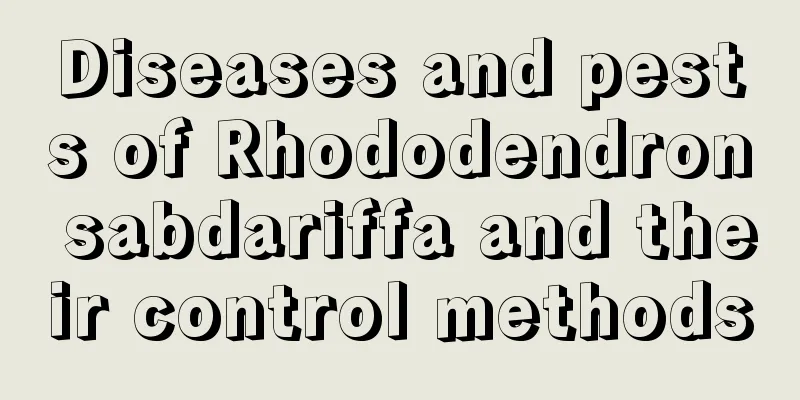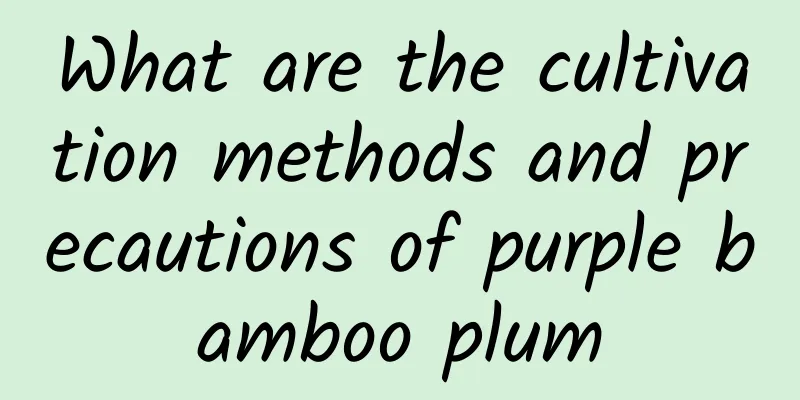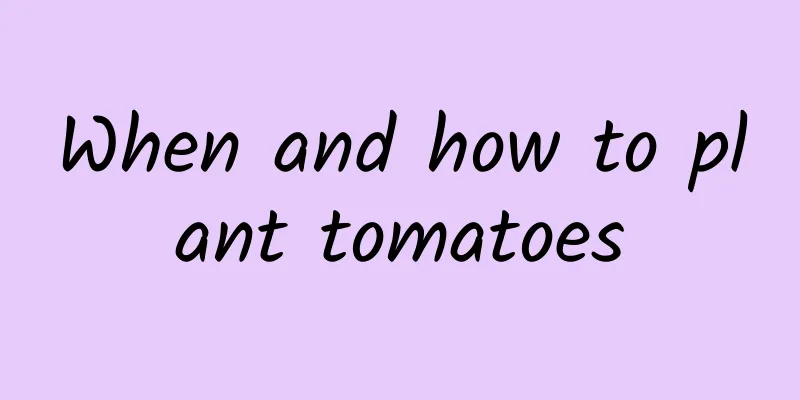Diseases and pests of Rhododendron sabdariffa and their control methods

Pests of Rhododendron sabdariffa: AphidssymptomAphids are one of the most common pests of Rhododendron sabdariffa. They may rarely appear in the wild under wind and sun, but the probability of aphids appearing in a hot and humid environment during home care will increase. When aphids appear, the leaves of the Rhododendron will be wiped out, turn yellow and fall off. In serious cases, the flowers and leaves will be densely covered with insects. This causes the flowers to wither prematurely. Prevention and treatment methodsAphids can occur throughout the year, so ensure that the environment is well ventilated and moist but not waterlogged. When a small amount of insect pests appear, wash them with clean water or soapy water, and remove the severely damaged leaves in time. When there are many aphids, spray fungicides in time. You can choose Aphid Cleaner, Flower Protector, etc. Pests of Rhododendron sabdariffa: Scarab beetlesymptomScarab beetles are generally more common in outdoor maintenance environments, so flower lovers who grow flowers on open balconies need to pay attention. The bright colors of the hollyhock easily attract insects when it blooms. Once it appears, it will pierce the branches and leaves of the plant, causing the leaves to wilt. Although it will not cause the death of the plant, it will affect its appearance. Prevention and treatment methodsEnsure that the maintenance environment is clean. Too much clutter will attract beetles. Spray the pesticide in time, spray the leaves or irrigate the roots, and sprinkle some powder around the plants to effectively reduce insect pests. Diseases of Rhododendron serrata: Soft rotsymptomWhen the disease occurs, the leaves of the plant droop and appear wilted, but they can return to normal on cloudy days or in the morning and evening, which can easily cause misunderstanding. But as the disease worsens, the plant loses its ability to recover, and large numbers of leaves turn yellow and fall off. In severe cases, the rhizomes may also rot. Prevention and treatment methodsBefore planting, disinfect the soil and bulbs, and disinfect and irrigate the roots every month to avoid the breeding of bacteria during the growth process. Prevent and control pests in time to avoid wound infection caused by pests. Spray the pesticide promptly after the disease occurs. In mild cases, remove the drooping leaves and spray with mancozeb solution. In severe cases, remove the plants promptly to avoid infecting other plants. |
<<: Cockscomb Pests and Control Methods
>>: Common Pests of Saxifraga and Their Control Methods
Recommend
When is the best season to repot peony and what kind of soil to use for repotting
1. When is the best season to change the pot? It ...
Common Pests of Michelia scoparia and Their Control
Common Pests of Michelia scoparia Underground pes...
How to prune small plum trees
Prune tree pruning time Small plum trees need to ...
Paphiopedilum cultivation methods and precautions
1. Matrix Most Paphiopedilums are terrestrial or ...
Causes and treatments of yellow leaves of Vinca
1. Insufficient light Reason: It is a light-lovin...
Cornflower seeds planting method and precautions When is the best time to sow
Cornflower seeds can be harvested when the inflor...
It is better to water succulents every few days
How often should I water my succulents? Succulent...
How to grow spiderwort so that it can bloom
1. Proper watering When growing spiderwort, you s...
Peony seed planting method and time seedling cultivation and breeding technology
The best time to plant peony The planting time of...
Planting method and time of millet pepper planting technical requirements
The best time to plant chili peppers The suitable...
What are the cultivation methods and precautions of the green treasure tree?
Green treasure tree cultivation method The Green ...
How many years does the water hyacinth fruit bear fruit? How many years does it take to plant it?
The fruit of water hyacinth has been planted for ...
What should I do if the leaves of the lucky tree fall off when touched?
1. Water appropriately Reason: Excessive watering...
Three Don'ts When Placing Lucky Bamboo in Feng Shui
1. Don’t put it on the balcony Although lucky bam...
Miniature bonsai cultivation techniques
Miniature bonsai needs to deal with branches and ...









